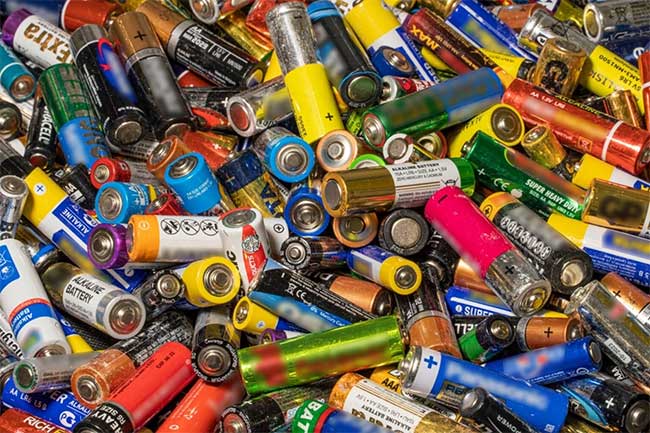According to reporters in Australia, Australian researchers have recently developed a new battery technology that could solve the recharging issue of zinc batteries – a popular type of battery known for its low production costs but limited recharging capabilities due to the corrosion of zinc electrodes.

Development of new technology that can recharge zinc batteries. (Illustration: nstda.or.th)
In a three-year study published recently in the journal Advanced Materials, a team of researchers from the School of Chemical Engineering at the University of New South Wales (UNSW) investigated ways to introduce a very small amount (1%) of non-toxic additive molecules into the electrolyte of the battery to address the corrosion issue and limit the formation of spiky structures (known as dendrites) that lead to battery depletion.
According to Dr. Dipan Kundu, the lead author of the study, the team’s method focuses on maintaining the water content of the electrolyte to improve performance, safety, and optimize production costs of this battery type.
The researchers believe that the battery cycle will improve by 5 to 20 times under real-world conditions, meaning the lifespan of the battery could extend from a few months to over three years. Their research demonstrated that zinc batteries can store 1kWh of electricity for every 30kg in weight by using small pouch cells, and the storage capacity could reach 1kWh for every 16kg with a larger-scale cathode setup.
Dr. Kundu suggests that this rechargeable zinc battery technology could be deployed as an energy storage system at various scales, from community facilities and commercial, residential, small to medium-scale systems, to large-scale grid-connected storage systems. Additionally, he believes this technology could be applied in various industries, including electric bicycles.
Experts indicate that this new technology could serve as a safe and cheaper alternative to lithium-ion batteries – which are produced at a high cost and require increasingly scarce raw material supplies while posing risks related to fire and explosion safety.
The research team stated that they are continuing to develop positive and negative electrodes and battery cell components to launch prototypes of battery cells. According to their estimates, consumers may only need to pay about 1/3 to 1/4 of the current cost of lithium-ion batteries if this technology is practically implemented.


















































